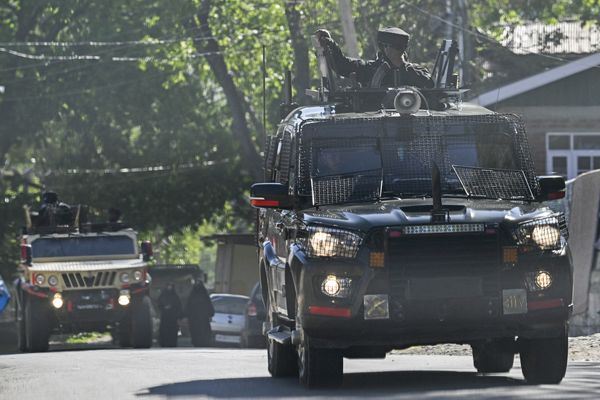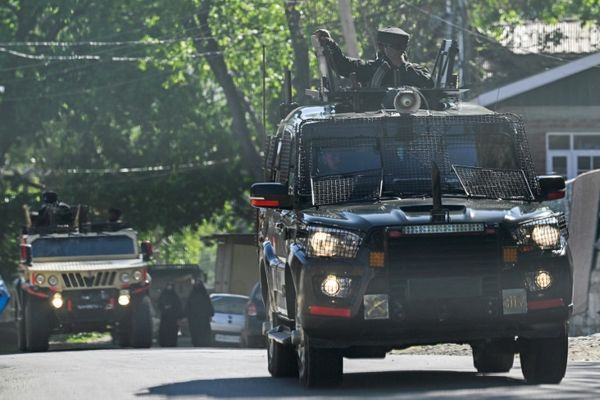
Political parties are falling over themselves to provide solutions to our truancy rates. Aaron Hendry explains why we need to move away from viewing schools as simply educational institutions - and how.
Recent data detailing a significant drop in school attendance has highlighted the continued challenge we’re facing just getting our kids to school.
In term three last year, under half of our rangatahi enrolled in school, made it to class. That’s 46 percent of young people attending school regularly. School attendance has been dropping for a while now with attendance dropping from 70 percent in 2015 to only 58 percent in 2019, before rising to 64 percent in 2020 and then dropping again to 60 percent in 2021.
Regular attendance is defined as a young person going to school 90 percent of the time.
Looking at that data, it’s pretty clear that our young people are facing significant challenges engaging with our education system.
In fact, there’s no disagreement about that; political parties are falling over themselves to attempt to provide a solution. From the Government’s promise to set an attendance target of 70 percent (which if we’re honest seems a little shy of aspirational) and bringing back attendance officers, to ACT’s promise to fine parents for their child’s lack of attendance, to National’s commitment to ensuring data is released regularly through mandatory reporting made to the public from the Ministry of Education.
READ MORE: * We have to face the truth – our kids aren’t good at writing * There are no easy fixes for NZ’s growing truancy problem
However, though we may be able to all agree that there is a problem, much like the youth crime conversation, when we fail to clearly identify and articulate the problem, we also fail to outline effective solutions.
There are a range of reasons why young people don't engage with school; sickness has obviously been highlighted, and it’s hard not to see the impact that Covid and our isolation requirements have had on our children’s attendance. However, lack of engagement in school was occurring prior to Covid, due to a variety of reasons ranging from bullying and unsafe living environments, to poverty and mental illness. These issues (and more) contribute to what is a fairly complex problem to solve.
If we are going to shift these numbers, there are several key areas I believe we need to focus on.
First, poverty and inequality. In some cases, young people aren't coming to school because they're working, supporting their whānau to put a roof over their heads. In others, their whānau are working long hours to keep food on the table so they just aren't around to support their kids to get to school. These are systemic issues. It’s not enough to say that we care about our young people getting to school, we must also care about their overall wellbeing. Supporting whānau, so they have time to be present with their kids, raising benefit levels and the minimum wage, ensuring wages match the cost of living, driving through rent regulations and providing a rent cap so that families are able to spend less on rent, and more time with their kids, these are all potential solutions that need to be factored into this kōrero.
Second, we need to ensure that school is safe. Young people vote with their feet. If school is a safe, caring and welcoming environment, they'll go. For some rangatahi, the patriarchal and authoritarian schooling system just doesn't work for them. We need to do some work here.
Third, mental health. When I first began my vocation as a youth worker, I spent a significant amount of time supporting rangatahi within the school system. Often, teachers and deans would ask me to support young people who were disengaging from class. Mental health would often be a factor contributing to that disengagement, and I found that schools and whānau were rarely equipped to support their rangatahi through complex mental health challenges. And yet, gaining support from outside agencies could be just as difficult, leaving many young people undiagnosed and under-supported.
It has been my experience that our mental health services are not equipped to adequately support our young people. Reform is needed, with mental health services refocused and reorganised to better meet the needs of our rangatahi.
These challenges (and more) are contributing to the challenges our young people are facing. In a recent interview with Q+A, Education Minister Jan Tinetti emphasised the importance of early intervention and wraparound support. I whole heartedly agree with this approach in theory. In reality, our youth services are not adequately equipped or organised to ensure early intervention is able to occur efficiently. It can be extremely hard to get services engaged with young people when they need them, and in some cases, schools actively resist youth services coming into school for fear of suffering reputational damage as a result of having specialised services working within their premises. To be effective, we need to think bigger than truancy officers.
I believe we need to move away from viewing schools as simply educational institutions.
Rather, we should acknowledge what they really are. Huge youth communities. If we viewed them this way, there's the potential to begin investing in them as holistic youth hubs, bringing in specialised health care and services founded on youth development principles.
Instead of bringing outside services in, each school community could have their own team of youth workers, social workers, and mental health professionals, with services resourced to reach into their communities to serve whānau with schools as their base. These services would work alongside (not under) the education staff, ensuring that quality of care does not get mixed up with school performance. Having specialised services working within schools, would also take pressure off teachers, who currently are having to act as counsellors, youth workers, and educators all in one.
This would enable far more preventative work, and also would ensure local communities have local resources, and are able to respond swiftly to the needs of their rangatahi and whānau.
Our young people are facing significant challenges. In order to face them, we require courageous solutions. It’s time we acknowledged what schools really are, large youth communities, and resourced them adequately.







